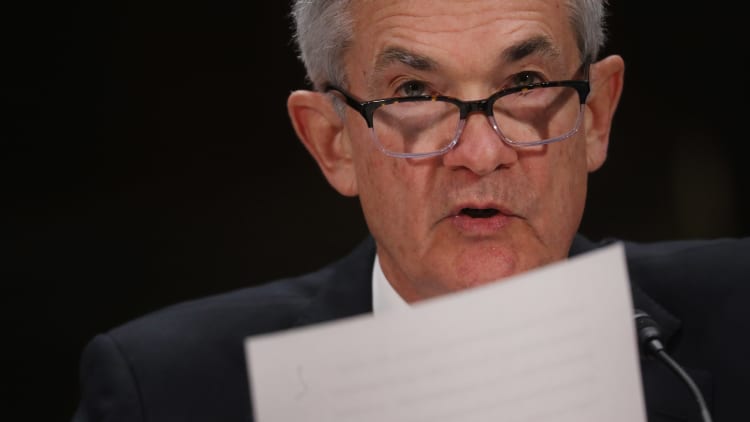
The Federal Reserve's program to reduce the bonds it holds on its balance sheet will end in six months, in a move being closely watched by financial markets.
In an announcement Wednesday following its two-day meeting this week, the central bank said that in May it will begin tapering the amount of proceeds it allows to roll off its balance sheet each month.
Under the current program, it is allowing $30 billion in Treasury proceeds and $20 billion from mortgage-backed securities to roll off, while reinvesting the rest.
The amount for Treasurys will drop to $15 billion in May. While technically still allowing the proceeds to roll off from mortgages, the Fed will simply reinvest them in Treasurys.
Key for markets
The announcement comes amid months of hand-wringing on Wall Street over how much more the Fed will reduce its balance sheet, composed mainly of bonds it purchased during and after the financial crisis. The process, known as quantitative easing, was considered key in helping stimulate financial markets and lower longer-term interest rates.
As concerns have arisen over growth and how the Fed will respond with monetary policy, markets have grown concerned over how much for tightening the central bank would allow.
The total of Treasurys and MBS once totaled more than $4.2 trillion and has been reduced by about $450 billion in the program that began in October 2017.
Indications from Fed Chairman Jerome Powell as recently as November were that the Fed had a distance to go before it would stop raising rates and reducing the balance sheet, but a downturn in economic signals over the past several months has changed that thinking.


